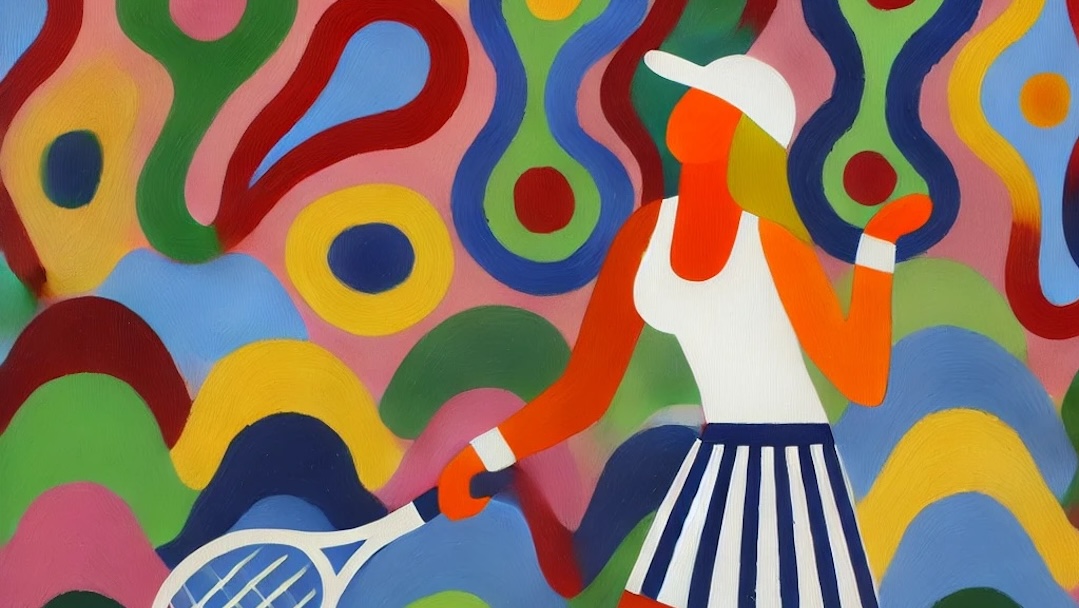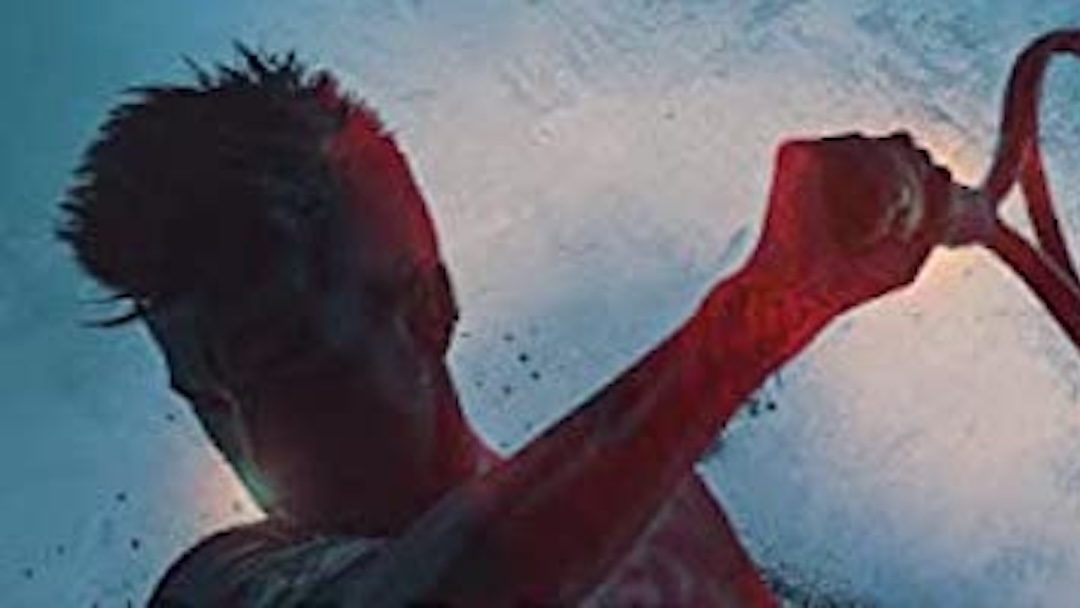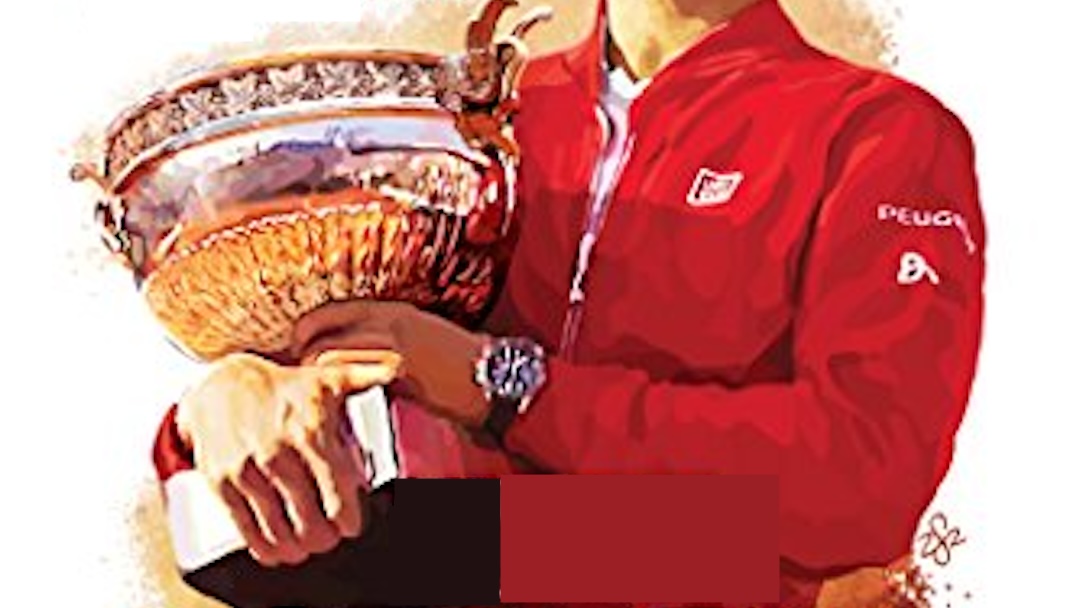Tennis Hits the Books
Christopher Clarey is a well established and highly regarded tennis correspondent for the New York Times. As such, he was a witness to Roger Federer’s first ever match at a major, a loss to to Patrick Rafter in the first round of 1999 French Open qualifiers. The following year, he again saw Federer play in person at the Sydney Olympics. Clarey enjoyed frequent and unparalleled access to Federer throughout his career. His book, The Master: The Long Run and Beautiful Game of Roger Federer, is a thorough and comprehensive examination of Federer’s life and career.
It is an undeniable fact that Federer is one of the most beloved players ever to compete in professional tennis. With the exception of a few Davis Cup ties, Federer enjoys the full support and adulation of the spectators in the packed stands at his matches. Off the court he is held in equally high if not even greater regard. He is genteel and generous with his time. He lavishes the people in his immediate presence with his full attention.
One of the most surprising aspects of The Master came as Clarey highlighted two of the early rivals of Federer, Leighton Hewitt and Andy Roddick. Those two players were contemporaries of Federer that achieved their “breakthroughs” much earlier than he did. In retrospect, it is hard to imagine that there was a point in time when Federer was regarded as a disappointment and waste of potential. People wondered if he had enough grit to succeed. As a point of reference, Federer turned professional in 1998 but he failed to advance past the quarter finals of a major until 2003 when he won Wimbledon. Federer was a late bloomer.
The tennis media is full of speculation and debate over how many majors Federer, Rafael Nadal, and Novak Djokovic each would have won if if not for the fact that they all played in the same era. What is somewhat lost in history is how Federer similarly stunted the careers of Hewitt and Roddick. Each of those players arguably would have won more major titles if not for the emerging dominance of Federer. Clarey builds a compelling case in The Master that the best two matches Roddick ever played may well have come in losses to Federer.
It is previously well documented that Federer’s early professional career was marked by volatile behavior on the court. Clarey details how Federer was once fined $100 in a Swiss satellite tournament in a loss to the 768th ranked player, Armando Brunold. That fine was more than the first round loser’s check. His coach at the time, Peter Lundgren warned him “Everybody knows you’re the best tennis player, but they fight because if you lose your mind they have you.”
The story of how Federer mastered his emotions, positions The Master as a “must-read” for anyone seeking to develop on-court emotional control. Federer insists that his blood still boils. The difference came is that he learned to control the flames to keep them from turning into a bonfire of distraction. Ironically that unflappable demeanor coupled with the effortless elegance of his game likely contributed to his early reputation as an underachiever. When he wins, people swoon over the beautiful tennis and how easy he makes it look. In a loss there is a perception that he might not be trying very hard.
No book on Federer would be complete without Rafael Nadal as their stories are inextricably linked. Clarey adds to the considerable body of knowledge about their rivalry with an examination of how their stylistic contrasting images were intentionally cultivated by Nike. Federer was the face of elegance and tradition. Nadal was positioned as the rugged avant-garde youth.
Many credit Pierre Paganini, Federer’s long time fitness coach, with the longevity of his career. Because Federer has no love for traditional cardio and weights, Paganini created tennis specific fitness drills that capture and hold his attention. Most of Federer’s fitness work is performed on the court rather than in the gym. His workouts do not include heavy weights or long distance running.
Clarey captured Paganini’s observations on the game that provide valuable insight into tennis specific training needs. He is quoted in the book with “Speed is in the first three steps and then you’re playing the tennis ball. So you have to train to be particularly strong in the first three steps.” Federer’s typical timing for interval training is 30 on and 30 off.
The Master may be the most complete profile of Feder’s wife, Mirka, who many in his closest circle regard as the most important factor driving both the success and longevity of his career. A former professional player herself, Mirka effectively serves as his day to day manager and coordinates the logistics of travel and training. She also has significant input on the composition of his team as well as tactical philosophy. Clarey describes how she asserts her influence by asking insightful questions.
There is a long and complicated history between Federer and the Davis Cup. In February 2001, Clarey was in Switzerland covering the debut of Patrick McEnroe as the Captain of the US team. Federer single handedly ruined that coming-out story, leading Switzerland to the victory. As a reminder, Federer was still two years away from advancing past the quarter finals of a major when that occurred.
In his later years Federer still frequently plays the Davis Cup, but typically not when it matters most. He prioritizes his own tennis calendar over Davis Cup play. The Master includes a couple of quotes from Federer that neatly summarizes his perspective: “I can’t chase all my dreams at once, so some will have to wait.” Additionally “I always said that if you play a Davis Cup tie it’s probably going to cost you a Masters 1000.” That, coupled with his role in creating and promoting the Laver Cup, is viewed as an affront to the ITF.
Stories of the swan song of Federer’s career have been written and re-written over the past decade. The idea that the end is near is palpable and Federer can sense that people are positioning themselves for the finale. That includes sportswriters seeking just one more capstone interview so they can write his final story. In The Master: The Long Run and Beautiful Game of Roger Federer, Clarey has produced the most comprehensive and thorough examination of the man and the career of Roger Federer to date. Whether the work stands as the final chapter, remains to be seen.
 | The Master: The Long Run and Beautiful Game of Roger Federer |



